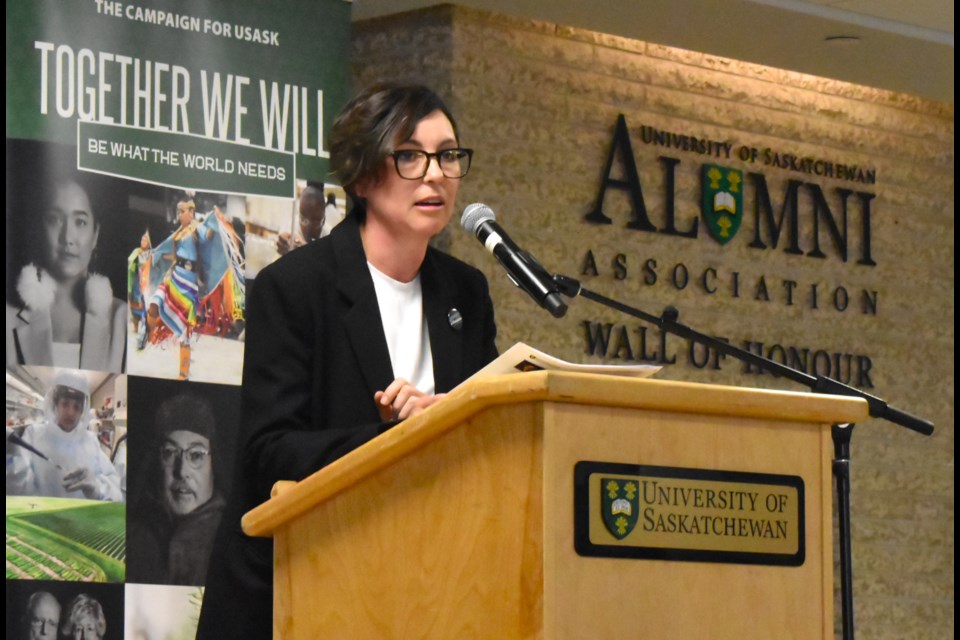Forestry can be done without herbicides
Posted: Saturday, October 3, 2015 6:00 am
Letter to the editor by Lynn Palmer | 1 comment
Public concern about spraying herbicides on our local forests is not new. For at least 20 years, the issue has circulated in the public sphere.
Surveys undertaken since the mid-1990s indicate that the general public in Ontario deem herbicide use on publicly owned forests unacceptable.
This past March, the International Agency for Research on Cancer (part of the United Nations’ World Health Organization) declared that glyphosate, the most widely used herbicide, is “probably carcinogenic to humans,” and public concern over spraying has intensified. On Sept. 5, the California Environmental Protection Agency announced that it plans to label glyphosate as a “chemical known to cause cancer.”
Opposition to glyphosate-based herbicide spraying and linked petitions have been increasing from New Brunswick to California. In Ontario, people living in and around Dog-River Matawin, Kenogami, Ogoki, Martel, Magpie, Timiskaming, Sudbury, Black Spruce, and Nipigon Forests, among others, have expressed to the province and some forestry companies that they want their voices to be heard. The message is clear. It’s time to get serious about implementing alternatives.
Our Crown Forest Sustainability Act requires all harvested areas to be regenerated. After cutting, some of those stands are left to regenerate without much intervention; however, some require significant effort to direct tree growth to meet goals for merchantable timber.
Chemical treatments have been used for many years to impede the growth of competing species (such as poplar, shrubs, or grass) that compete with conifer tree growth following logging. Glyphosate, the most commonly used herbicide for such treatments, is applied through aerial application as standard forestry practice in Ontario.
All logged Crown forests are required to meet forest regeneration targets, but there is nothing to dictate that chemical treatments must be used. For many years, local people have been questioning why we aren’t using alternatives.
Quebec banned the use of glyphosate on their public forests in 2001 and in 2008 the Liberal government passed a ban on the use of similar herbicides for “cosmetic purposes” in our province. When the Ontario ban was enacted, it was considered the toughest pesticide ban in Canada. Why are public forests treated so differently?
One forest company in Ontario has shown its willingness to take the leap with local people to address their concerns and work together to reduce and eventually eliminate the use of herbicides.
The Herbicides Alternative Project (HAP) has been jointly initiated by Tembec, Mushkegowuk Environmental Research Centre (a not-for-profit that supports First Nations in Muskegowuk Territory) and several First Nations in northeastern Ontario.
The goal of HAP is to develop and implement a strategy to regenerate forests on Tembec tenures in the region using alternatives to the application of chemical herbicides. This program is now under way, demonstrating that it is possible to have well-managed forests without the use of herbicides, to support local forest-based economies and community values.
Lynn Palmer
PhD candidate in forests sciences at Lakehead University
THUNDER BAY
![]()





